If you’re a wildlife enthusiast, Vietnam is a treasure trove of diverse and exotic animals. From the lush jungles of central Vietnam to the soaring mountains in the north, this country is teeming with fascinating wildlife. However, many of these creatures are endangered due to habitat loss, logging, and hunting. Thankfully, Vietnam has over 30 national parks and UNESCO Biosphere Reserves dedicated to protecting these animals, plants, and their habitats.
Best Places to Spot Wild Animals in Vietnam
To maximize your chances of encountering wildlife, visit one of Vietnam’s protected national parks. These parks are spread throughout the country, with dense forests and jungles in central Vietnam offering the best opportunities for wildlife sightings. The southern region boasts a flat river delta that is a paradise for birds, while the northern mountains provide a habitat for rare and elusive animals.
Now, let’s take a look at some of the remarkable animals you can encounter in Vietnam.
1. Asian Elephant

The majestic Asian Elephant, the largest primate on the Asian continent, is a truly impressive sight. Unfortunately, wild elephants in Vietnam are almost extinct. However, Yok Don National Park offers a glimmer of hope. Here, elephants that were previously used for tourism or logging purposes have been released back into the wild. These magnificent creatures now roam freely in the park, accompanied by their mahouts, ensuring their protection and preservation.
2. Monkeys
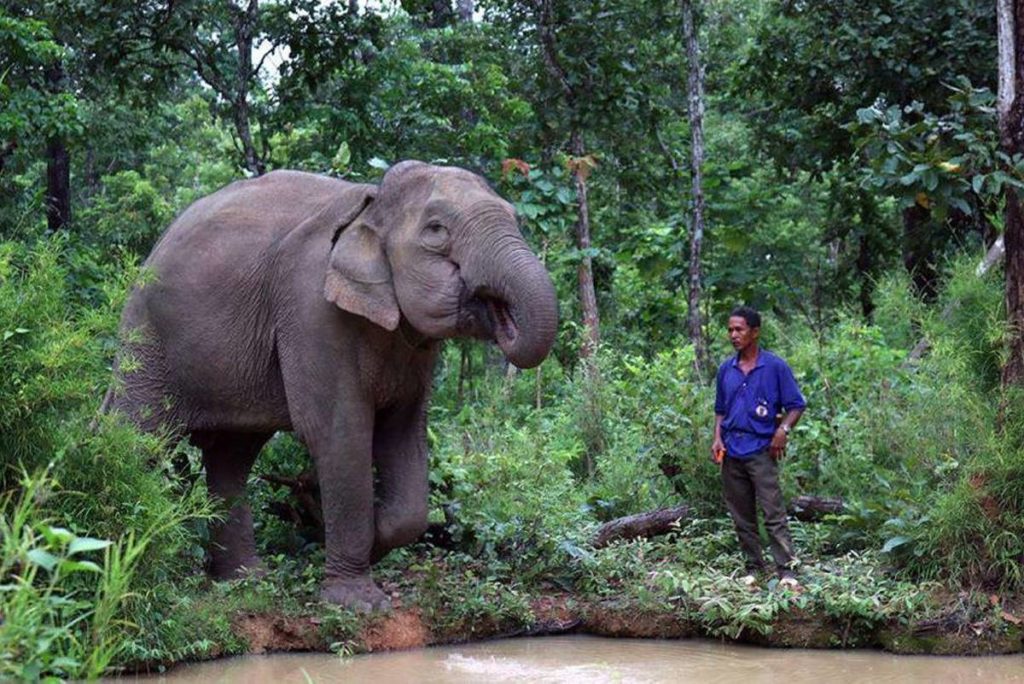
Vietnam is home to various monkey species, making it a haven for primate lovers. Among them, the Langur is a particularly special monkey found in the forests of central Vietnam. Another rare species, the Snub-Nosed Monkey, resides in the mountainous forests of the north.
3. Sun Bear

Once abundant in central Vietnam, the Sun Bear has become a rare sight in the wild. However, a glimmer of hope remains. In Bidoup National Park, a sun bear was spotted in 2020 through wildlife cameras. Unfortunately, it bore signs of wounds, likely from poaching-related encounters. The Bear Rescue Center at Cat Tien National Park provides a sanctuary for bears that have been poached or held captive, enabling their rehabilitation and eventual release into the wild.
4. Saola
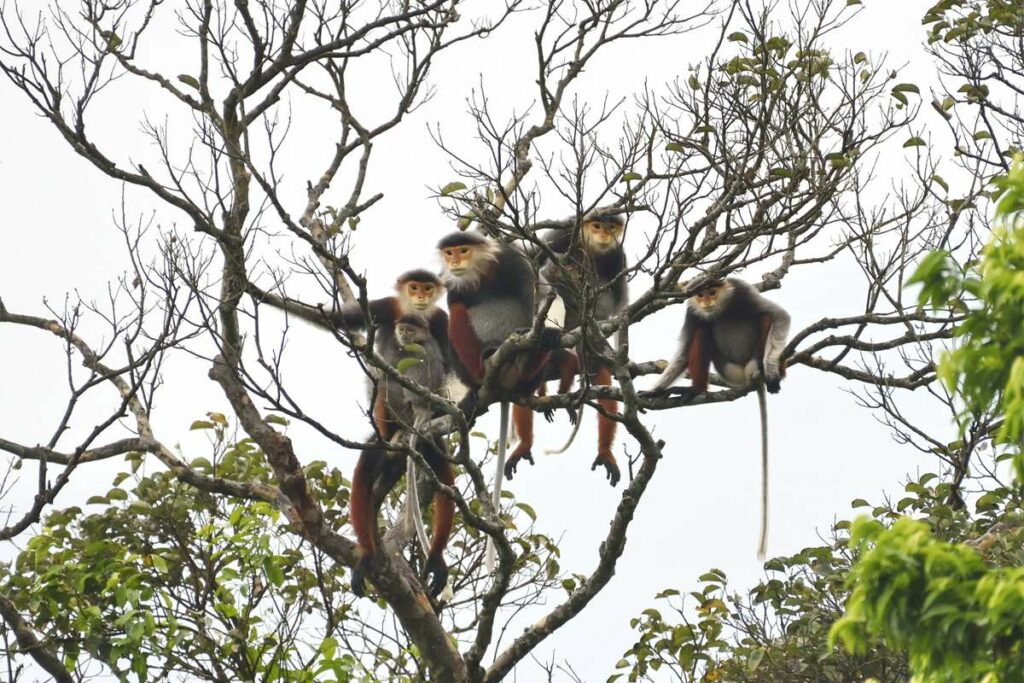
The Saola, one of the rarest mammals on Earth, is akin to an antelope. Found only in Vietnam and Laos, this elusive creature inhabits altitudes between 400 and 1200 meters. With an estimated population of 70 to 700 in Laos and around a hundred in Vietnam, the Saola is at high risk of extinction due to poaching. Sadly, no Saolas can be found in zoos worldwide, making breeding efforts impossible.
5. Gaur
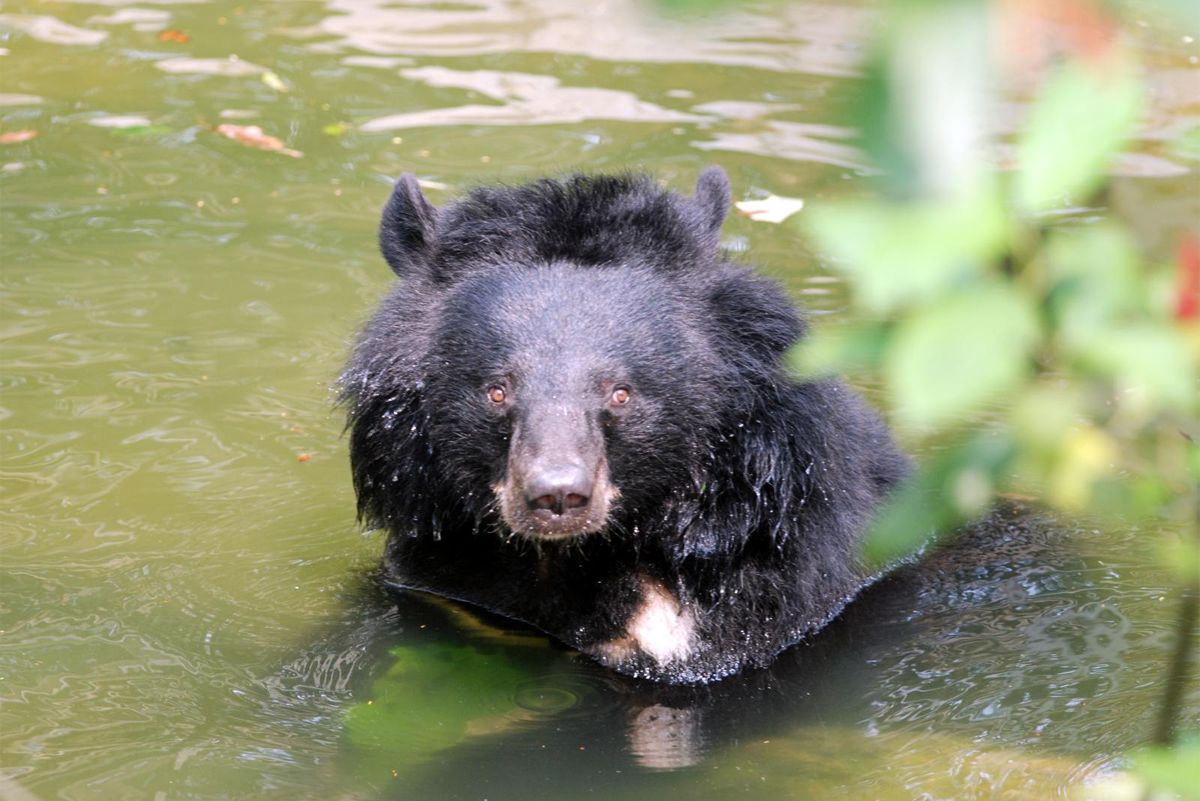
The Gaur, an Asian cattle species related to the common water buffalo, can be found in Cat Tien National Park. With approximately 110 individual gaurs currently inhabiting the park, these magnificent creatures amaze with their massive size—bulls weighing up to 1000 kilograms and towering over 2 meters tall.
6. Tiger

While tigers used to roam Vietnam, the last documented sighting from a camera trap was in 1997. The likelihood of tigers still residing in Vietnam today is scarce, although the Chu Mom Ray National Park in Kon Tum might hold a glimmer of hope. Extensive habitat loss and poaching have contributed to the disappearance of tigers. Unfortunately, the belief that tiger parts possess medicinal properties persists among many Vietnamese.
7. Snakes
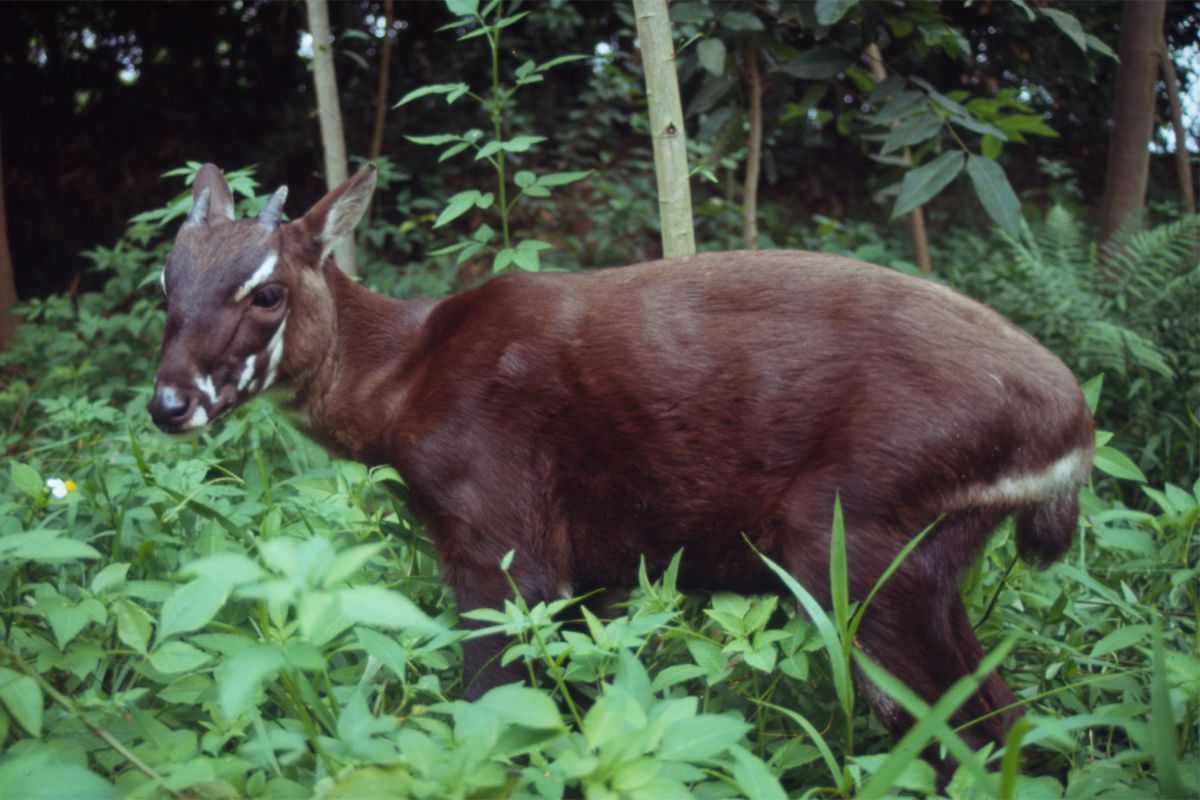
Vietnam’s tropical landscapes, boasting beautiful beaches and jungles, are home to a wide array of reptiles, including snakes. With approximately 200 snake species, a quarter of which are venomous, encountering these fascinating creatures is not uncommon. While most live in natural areas, you may even come across them in city parks. The golden tree snake, also known as the flying snake, is a harmless species frequently encountered. Snakes are sometimes consumed in Vietnam due to the belief that they enhance strength and masculinity. Vietnamese snake wine is also popular.
8. Birds

Vietnam is a paradise for birdwatchers, with a plethora of avian species showcasing an array of colors and unique characteristics. Top birding spots include Dalat, Cat Tien National Park, the Mekong Delta, and Ninh Binh.
9. Flying Squirrel
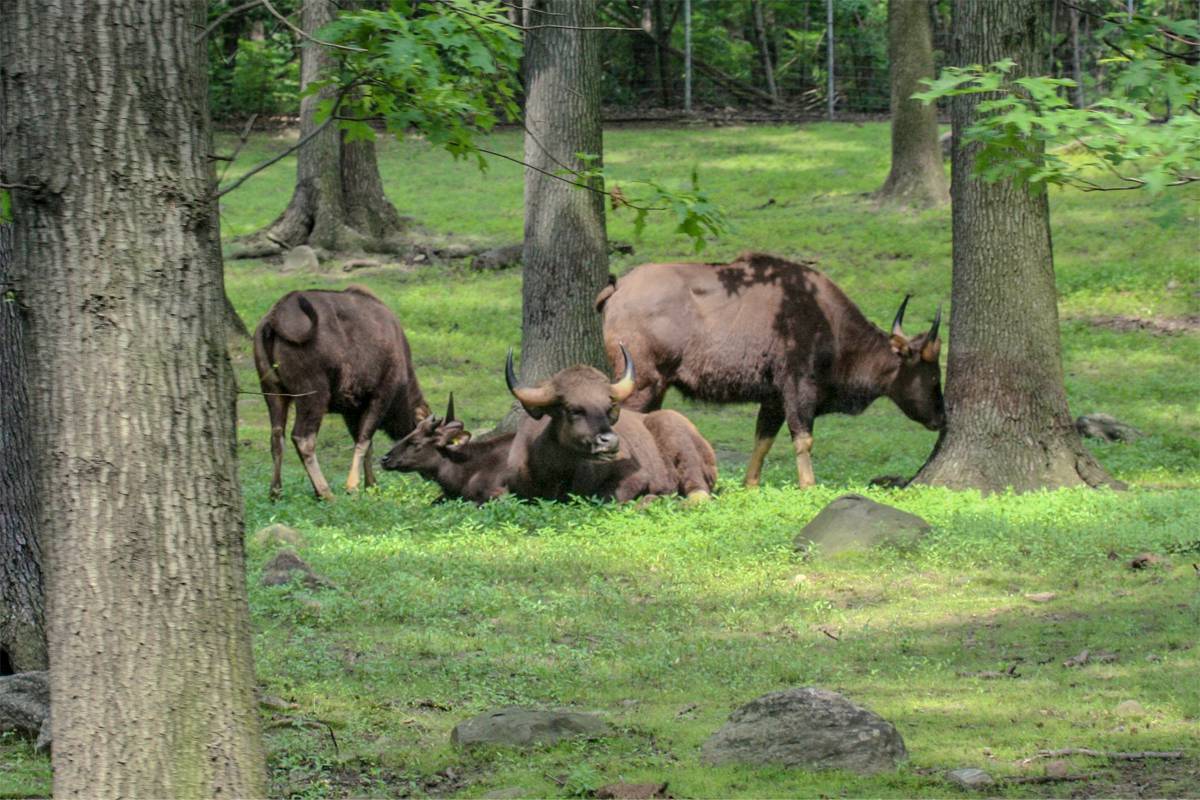
The large flying squirrel, a fascinating mammal within the squirrel family, primarily inhabits the northern regions of Vietnam, particularly Cao Bang. These squirrels display an extraordinary ability to glide through the forest by spreading their arms and legs, employing neatly folded flaps of skin.
10. Slow Loris
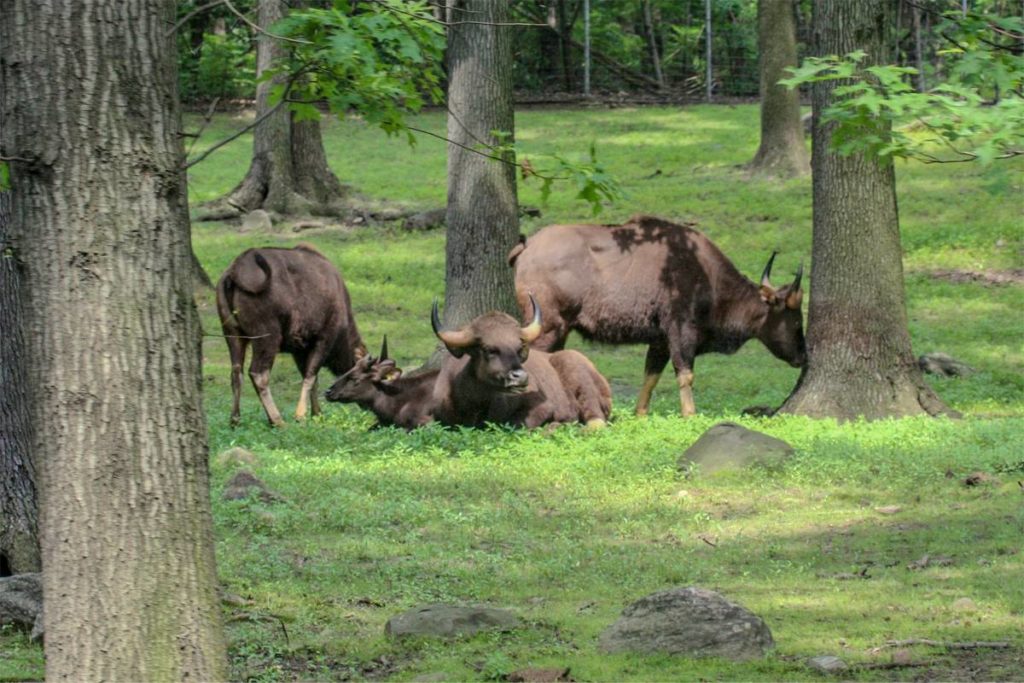
The slow loris captures hearts with its adorable appearance, big eyes, and leisurely pace. These nocturnal creatures search for fruit, insects, nectar, and sap in the dense tropical rainforests and bamboo forests, mainly in Vietnam and Laos. Sadly, slow lorises face endangerment due to capture for traditional medicine, tourist entertainment, and the pet trade. Habitat destruction exacerbates their plight. They can be found in forests throughout Vietnam, except in the Mekong Delta.
11. Pangolin
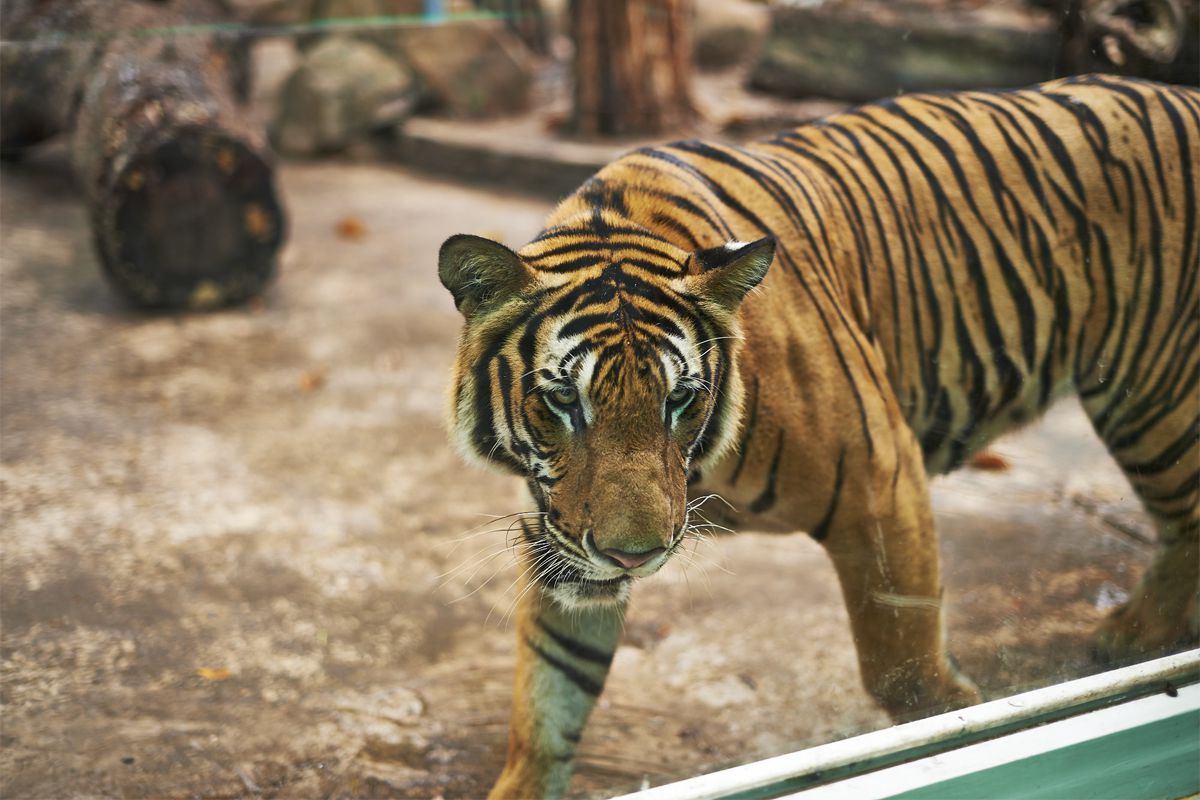
The pangolin, the most trafficked mammal globally and listed as critically endangered on the IUCN Red List, has two species in Vietnam: the Sunda Pangolin and the Chinese Pangolin. The Sunda Pangolin inhabits forests in central and southern Vietnam, while the Chinese Pangolin resides in the north. These fascinating creatures, covered in scales, are best observed at night, actively foraging for ants—their favorite food. The pangolin’s unique defense mechanism involves curling up into a ball to fend off predators.
FAQs
-
Can I still see tigers in Vietnam?
Unfortunately, the chances of encountering tigers in Vietnam are extremely slim. The last documented sighting was in 1997. -
Are pangolins easy to spot?
Pangolins are highly elusive creatures, making them challenging to spot in the wild. However, national parks with pangolin populations offer a slim chance of observing these incredible animals.
Conclusion
Vietnam’s rich biodiversity is a testament to the country’s awe-inspiring natural wonders. Although many of these animals face the threat of extinction, national parks and conservation efforts aim to protect and preserve these precious species. By exploring these protected areas, we not only have the opportunity to encounter remarkable creatures but also contribute to their conservation. So, pack your binoculars, venture into the wild, and immerse yourself in the captivating world of Vietnam’s wildlife.












